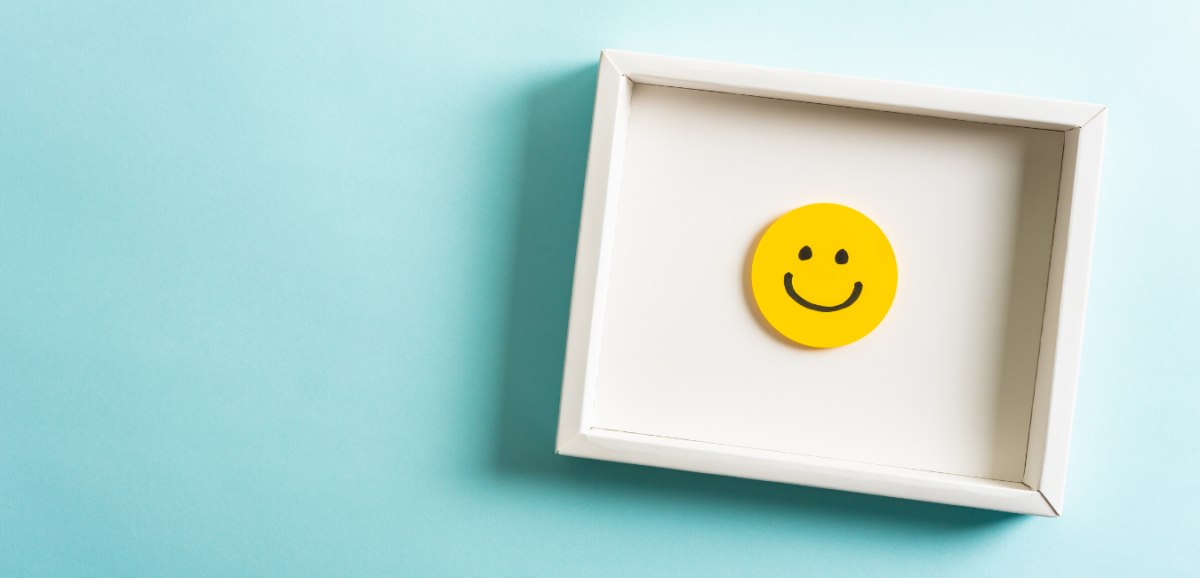
“Wellness Tips” are monthly reflections on professional wellness. This month’s article was written by Sarah Webber, MD.
We often think of our ability to avoid unhealthy habits and develop healthy ones as an issue of willpower. For many of us, that belief is supported by personal experience – often our professional success has resulted from commitment and drive. However, when it comes to habits, the evidence suggests that willpower may only be part of the story.
Dr. Wendy Wood, a Professor of Psychology and Business at University of Southern California and author of Good Habits, Bad Habits, says that habits are more complicated than that. While commitment and willpower are important when starting a new habit, they are not so helpful when it comes to sustaining those habits. Rather, she cites two major factors impacting the likelihood that we keep a habit: dopamine and friction.
Dopamine is a chemical messenger that associates actions and rewards. Dopamine drives us to repeat rewarding actions, and plays a role in developing habits. Because of this physiology, Dr. Wood suggests that habits are sustained when we associate the action with short term rewards. While we may cognitively understand the long-term reward of things like healthy eating or exercise, our cognitive appraisal may lose to the short-term reward of staying in bed for another hour. The good news is, there are ways to use rewards to our advantage. If you are trying to start a daily habit of writing, you might find a pleasurable place to engage in the writing each day. To create a routine of exercise, skip the work out you deplore and instead find movement that you think is fun.
Dr. Wood also describes the importance of friction related to a specific habit. One study found that those who lived closer to their gym were more likely to exercise than those who lived a further distance, suggesting that the ease of getting to the gym is half the battle. Friction is also the reason you might hear suggestions to sleep in your running clothes, or have a set time each day for a particular activity. By making things easy and automatic, you decrease obstacles – or the friction – associated with a habit. As a result, you increase the likelihood of sustaining the habit long term.
What does this mean in our daily lives? If you are considering starting a new healthy habit, think about how you can utilize short term rewards and decrease friction. A systems based example of this is the design of the Seattle Bullitt Center. To encourage environmental sustainability and employee well-being, the building features a beautiful open stairway that sits right in the entry way of the building. The accessibility means there is less friction when deciding between the stairs and elevator (the stairs are right in front of your face instead of hidden behind a door). Further, the stairway offers beautiful Seattle views, providing a short-term reward for taking the staircase. Employees in the building call the stairway “irresistible”.
What new habit have you been trying to start but just haven’t been able to make consistent? How might these strategies help? Thanks for reading and good luck!
– Sarah Webber, MD
Assistant Professor (CHS) | Division of Hospital Medicine